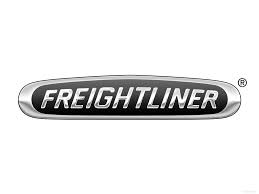Sprinter 2500 V6-3.0L DSL Turbo (2008)

The required ethylene-glycol (antifreeze) and water mixture depends upon climate and vehicle operating conditions. The coolant performance of various
mixtures follows:
Pure Water- Water can absorb more heat than a mixture of water and ethylene-glycol. This is for purpose of heat transfer only. Water also freezes at a
higher temperature and allows corrosion.
100 percent Ethylene-Glycol -The corrosion inhibiting additives in ethylene-glycol need the presence of water to dissolve. Without water, additives
form deposits in system. These act as insulation causing temperature to rise. The increased temperature can result in engine detonation. In addition, 100
percent ethylene-glycol freezes at -22°C (-8°F).
50/50 Ethylene-Glycol and Water -Is the recommended mixture, it provides protection against freezing to -37°C (-34°F). The antifreeze concentration
must always be a minimum of 44 percent, year-round in all climates. If percentage is lower, engine parts may be eroded by cavitation. Maximum
protection against freezing is provided with a 68 percent antifreeze concentration, which prevents freezing down to -67.7°C (-90°F). A higher percentage
will freeze at a warmer temperature. Also, a higher percentage of antifreeze can cause the engine to overheat because specific heat of antifreeze is lower
than that of water.
CAUTION: Richer antifreeze mixtures cannot be measured with normal field equipment and can cause problems associated with 100 percent
ethylene-glycol.
